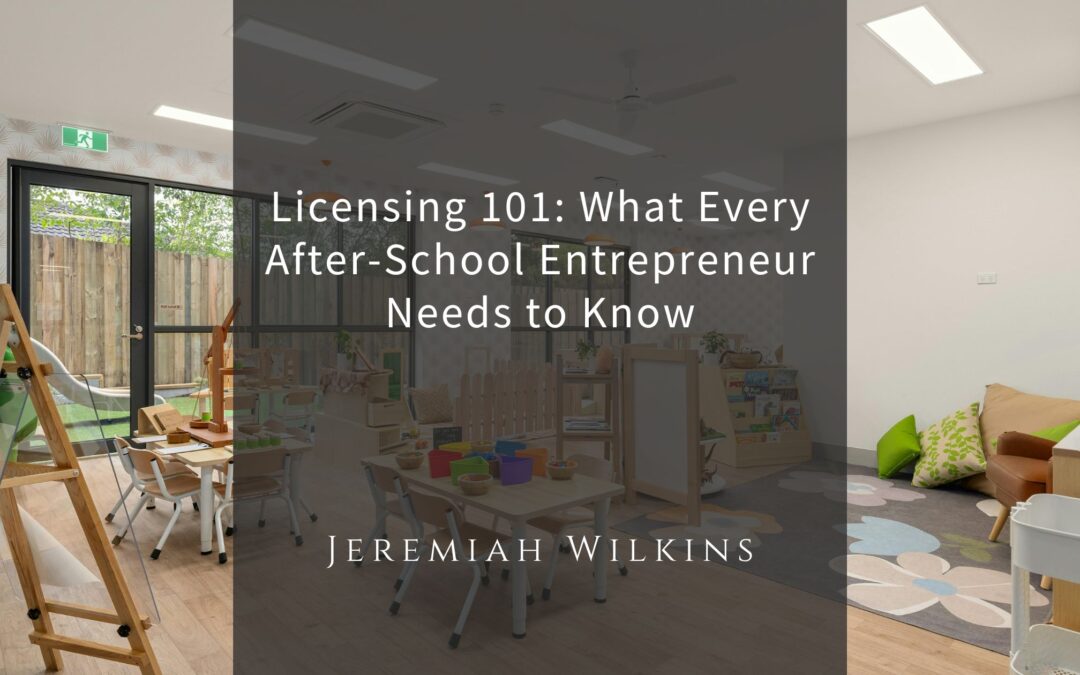Starting an after-school program can be an exciting and rewarding venture. You’re not just filling a childcare gap—you’re creating a safe, enriching space where children can thrive after the school bell rings. But before you welcome your first student, there’s a critical step you can’t afford to overlook: licensing.
Licensing ensures your program operates legally and meets essential safety and quality standards. It also builds credibility with parents and funding partners. Here’s what every after-school entrepreneur needs to know about licensing before opening their doors.
Understand State and Local Requirements
Licensing rules for after-school programs vary widely by state and sometimes even by city or county. Some jurisdictions require full childcare licenses for any program serving minors, while others have exemptions based on program type, hours of operation, or affiliation with a school or nonprofit. Your first step should be to contact your state’s Department of Human Services, Department of Education, or Child Care Licensing Division to understand the specific requirements in your area.
Determine If Your Program Needs a License
Not all after-school programs require formal licensure, but many do. Factors that affect licensing requirements include:
- Age of the children served
- Number of hours per day and days per week
- Location of the program (on-site at a school versus an independent facility)
- Whether the program charges a fee
- If meals or transportation are provided
Even if your program qualifies for an exemption, you may still need to register, meet health and safety standards, or pass inspections. Never assume you’re exempt—always verify with the appropriate agency.
Prepare for the Licensing Process
If you do need a license, be prepared for a detailed application process. This typically includes:
- Background checks for all staff and volunteers
- Health and safety inspections of your facility
- Proof of liability insurance
- Staff qualifications such as CPR/first aid certification or early childhood education training
- Documented policies on behavior management, emergency procedures, and child supervision
Many licensing bodies offer orientation sessions or guidance documents—take advantage of these resources to avoid common mistakes and delays.
Design Your Program to Meet Standards
Licensing requirements can shape how your program is structured. For example, you may need to adjust your student-to-staff ratio, ensure appropriate indoor and outdoor space per child, or install safety equipment like fire extinguishers and first aid kits. Rather than viewing these regulations as obstacles, see them as tools to build a safer, more professional operation.
Maintain Ongoing Compliance
Licensing isn’t a one-time task. You’ll need to renew your license periodically, stay current on any regulation changes, and be ready for unannounced inspections. Keep accurate records, train staff on compliance procedures, and conduct regular internal reviews to stay prepared.
Why Licensing Matters
Operating a licensed program not only protects you legally—it also reassures families that their children are in safe hands. It can open doors to funding, partnerships, and long-term sustainability.
Launching an after-school program with the proper licenses in place sets you up for success. Do your homework early, follow the rules, and focus on building a program that’s safe, supportive, and fully compliant.

